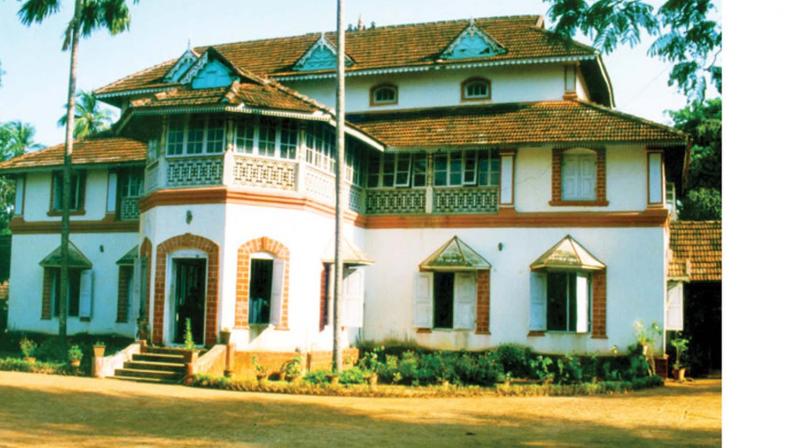Past comes alive
Today is International Museum Day. In the age of the internet, visitors wish museums are at least digitised

Each museum carries a story in it. It could be stories of people, places, cultures, architecture and, even objects. Above all, these hubs of knowledge that carry an aura of silence around them play a crucial role in imparting knowledge to generations. Kerala has close to 30 prominent museums, situated at different parts of the State, drawing crowds. On this International Museum Day, we take a look at the museum culture in Kerala, how far we have reached and how many miles we have to go in the future.
There is a mixed feeling about this. While some feel that people have left museums to explore more commercial destinations, some experts opine that gone are the days when people just ‘hang out’ in museums. According to the latter section, people take museums seriously, and many more are interested in learning about exhibits. However, let’s not forget that some museums struggle to survive, and they need help.
“It is difficult to speak on behalf of all museums as there are no yardsticks to measure growth. Spaces for art need to be supported so that people can make more time for art in their lives,” says Aditi Nayar, director of the Museum of Kerala History, Edappally, which is the brainchild of R. Madhavan Nayar, a visionary. Grandniece of Madhavan Nayar, Aditi says each museum is unique. “Each museum gives an exclusive experience, and the nature depends upon factors such as the establishment’s background and aim. For instance, ours is an eco-friendly place. Hence, we are not loud,” she says.
Dr Hemachandran S., former director, Kerala Archaeological Department, has a different take on it. He is happy to see the positive change in people’s approach towards museums. “There was a time when people just used to visit museums to kill time, but nowadays majority comes to see and delve into the archaeological culture of our State. They have genuine doubts about various items displayed there and yearn to know more about their relevance in our history and culture. Some people even complain about poor lighting and lack of proper description of the exhibit,” he says.
According to him, students show more interest. “I know many of them who have opted for courses in Archaeology. One of the reasons of this change can be the approach of the authorities towards the items displayed.”
“Earlier, museums were just dump yards for different items recovered during excavations. However, arranging them properly and providing necessary information has drawn more visitors,” he adds.
Sruthy Menon, a college student from Kochi, agrees. She says there are students who are genuinely interested in visiting museums. “Museums provide a serene ambience. Also, we love discussions about art and culture,” she says. “Visitors’ time of most museums is difficult for us. It would be great if organisers can allot special time for school and college students,” she opines.
She also feels that it would be better if museums get active pages on social media. “If we get notifications about museums’ programmes on social media, we will be able to take part in them.”
Aditi, too, believes digitisation and fruitful collaborations are the need of the hour. The art walk they organise in collaboration with Sahapedia at the Kerala Museum on Saturday is a step towards it. Aditi will take the team on tour and explain about tableaus and other artifacts displayed there. “It is an interactive experience. As a walk leader, I will initiate a conversation. Participants can ask questions,” she says. It will be followed by a Bharatanatyam recital that focuses on women in art and culture. “As this year’s Museum Day theme suggests, museums should turn as a cultural hub,” she adds.
She also stresses on focusing on the future. “In the past 10 years, museums across the globe have been discussing about exchanging ideas and redesigning the way museums should be. Everybody has been working towards making museums a cultural hub.”
Digitisation can help to some extent to attain that. Commenting on its pros and cons, Hemachandran says that digitisation is very important because it provides a detailed description about the showpiece, which looks inappropriate if written alongside it. “Moreover, digitisation helps in proper documentation. But, as the details are made available on the digital medium, some people might find no need to visit the museums.” He adds that a museum viewing experience is just like watching a movie in theatre. The real essence of a museum can only be caught if one visits it.
Though Aditi, too, feels that digitisation is the need of the hour, she fears not all museums would be able to afford it. “Many museums are struggling for funds. They cannot hire people. Also, there are not much trained art specialists here. The entire eco system of museum has to be rebuilt,” she sums up.
(Inputs: Vidya Nair)
